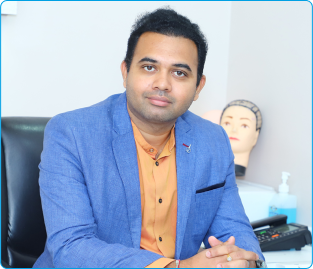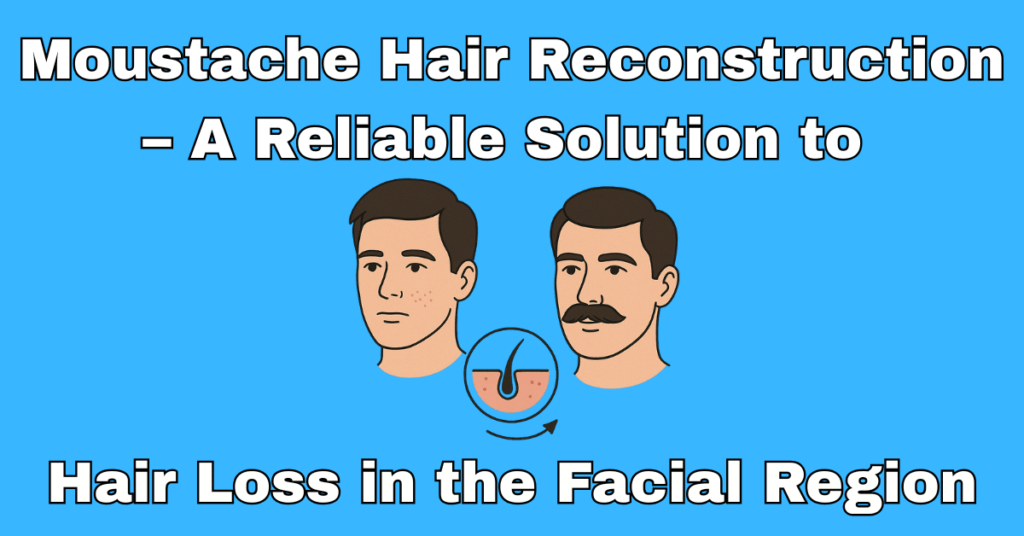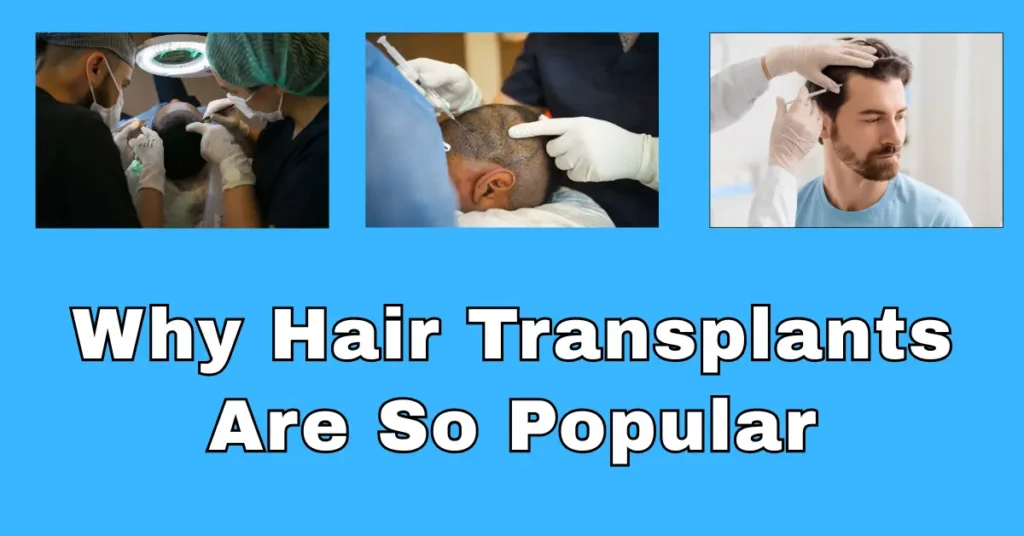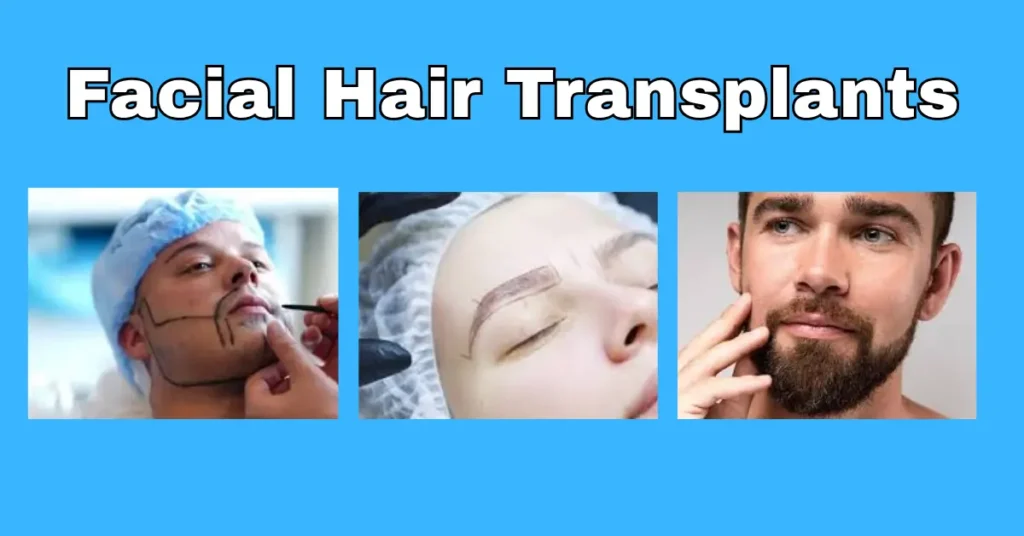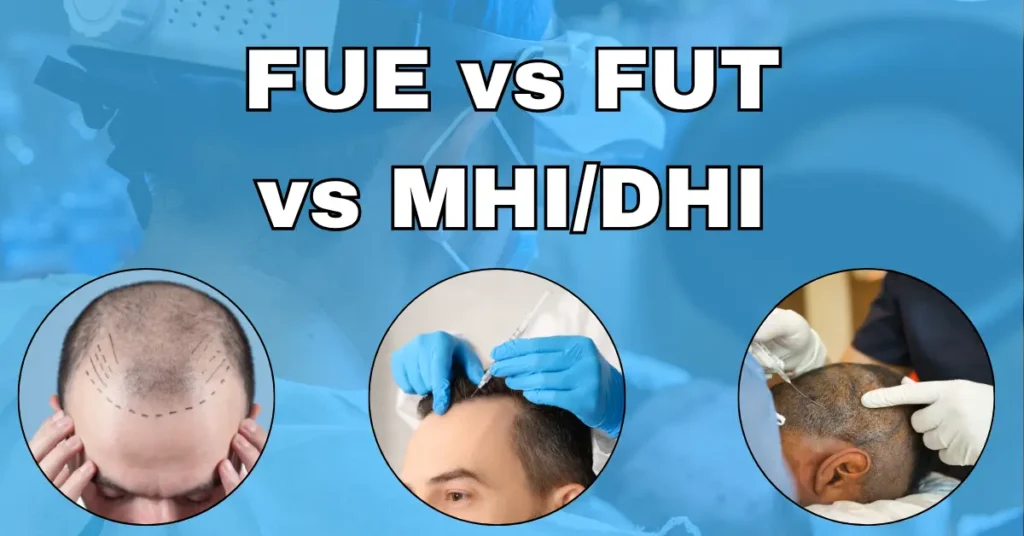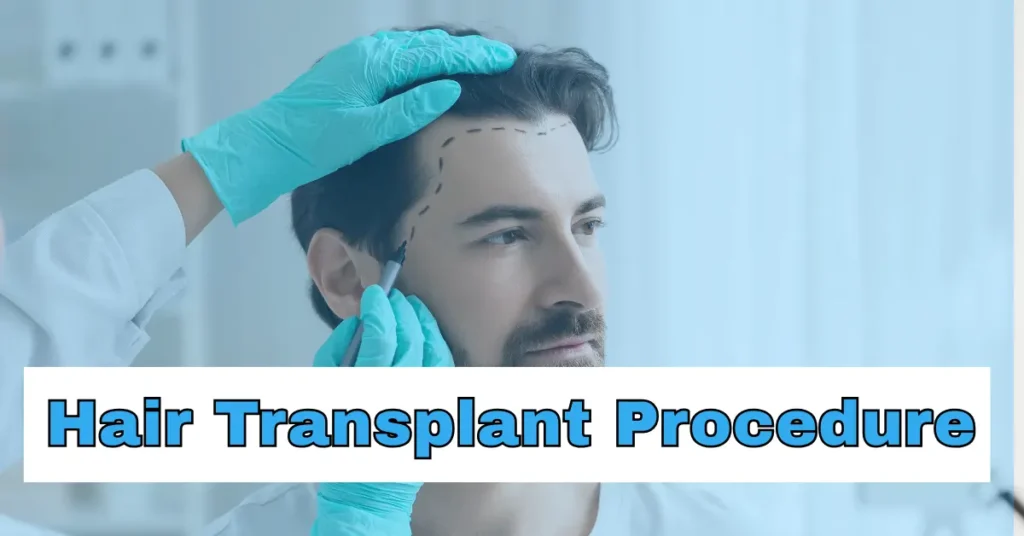Moustache Hair Reconstruction offers a practical and long-term solution for hair loss affecting the upper lip. This treatment for hair loss is perfect for men and women who have sparse, thin, or patchy moustache hair caused by genetics, scarring, or medical conditions such as androgenetic alopecia.
One key factor to understand is the Hair Transplant Growth Timeline, which helps you know what to expect before and after the procedure. This hair transplant procedure uses advanced types of hair transplant techniques, like Modified Hair Implantation (MHI / DHI), follicular unit extraction (FUE), where experienced transplant surgeons remove healthy hair follicles from a donor site—typically the back of the scalp—and place them into the recipient area, which in this case is the upper lip. Over time, the transplanted hair begins to grow naturally, giving you a fuller, more balanced moustache. This modern hair restoration method can enhance your appearance, cover bald spots, and restore facial harmony—all with minimal downtime and excellent, long-term results.
Why More People Are Choosing Moustache Transplants
There’s been a growing interest in facial hair transplant surgeries, especially moustache hair reconstruction. Many people face challenges in growing an even, symmetrical moustache due to:
- Genetic limitations
- Facial scarring
- Conditions like androgenetic alopecia
- Personal preference for a fuller, defined moustache
Thanks to improvements in types of hair transplant procedures, even small or sensitive areas of the face can now be treated successfully. Whether you’re looking to improve appearance or correct patchy growth, this approach offers a personalized and lasting solution to hair loss.
What Is a Moustache Transplant?
A moustache transplant is a type of hair transplant procedure that involves moving hair follicles from a donor area—typically the back or sides of the scalp—to the upper lip. Like beard and eyebrow transplants, this is a specialized form of hair restoration and is performed by a qualified hair transplant surgeon. Using advanced tools and careful planning, the surgeon ensures the new hair blends well with your natural moustache. The result is realistic, permanent, and easy to maintain.
The Moustache Hair Reconstruction Process
1. Consultation and Planning
The process begins with a one-on-one consultation with an experienced hair transplant surgeon. They’ll review your type of hair loss, assess your current facial hair pattern, and discuss your hair transplant expectations. You’ll learn about the best types of hair transplant techniques for your case, such as FUE, FUT, DHI, or MHI, and get an estimate of how many hair grafts you’ll need for the procedure.
2. Harvesting Hair Follicles from the Donor Area
The surgeon carefully removes healthy hair follicles from the donor site, typically where hair grows thickest—usually the back of the scalp. This ensures that the transplanted hair will match the texture and color of your natural moustache. The harvesting process may involve FUE hair transplantations, follicular unit transplantation (FUT), or newer methods like MHI and DHI.
3. Implanting the Hair into the Recipient Area
Once the follicles are harvested, they are gently implanted into the moustache area with great precision. Each hair follicle is placed to match the direction, angle, and pattern of natural growth. This step is crucial for achieving a seamless, lifelike look. Modern methods such as DHI, MHI, and FUE allow surgeons to work with great accuracy, even in small facial zones.
4. Recovery and New Hair Growth
After the surgery, it’s common to experience slight redness or swelling, which fades in a few days. New hair growth starts within 3–4 months, and most people see full results between 6 and 12 months. The transplanted hair grows just like your natural facial hair—so you can shave, trim, and style it as you wish.
Benefits of Facial Hair Transplants
- Natural Results: The final outcome closely matches natural facial hair.
- Permanent Growth: Once the hair regrowth process begins, the new moustache continues to grow for life.
- Confidence Boost: A well-shaped moustache can improve how you see yourself and how others see you.
- One-Time Investment: It’s a lasting solution to hair loss, not a temporary fix.
Choosing the Right Hair Transplant Surgeon
Choosing the right hair transplant surgeon is essential for a successful procedure. Here’s what to look for:
- Experience and Certification: Pick a surgeon with proven hair transplant experience, especially in types of hair transplant procedures for facial areas.
- Before-and-After Photos: Real patient photos help set honest hair transplant expectations.
Reviews and Testimonials: Feedback from other patients can give you insights into their care and results.
Alternative Solutions for Hair Loss
While moustache transplants are a reliable treatment for hair loss, you may also consider other options, especially for early-stage thinning:
- Minoxidil: A topical solution that can help promote hair regrowth.
- Platelet-Rich Plasma (PRP): Uses your own blood to stimulate inactive hair follicles.
- Micropigmentation: A cosmetic solution that adds color to mimic fuller hair in patchy areas.
These options work best when combined with or used before considering a surgical procedure.
Cost and Considerations
The cost of moustache hair reconstruction depends on several factors:
- Number of hair grafts required
- The hair transplant surgeon’s skill level
- Clinic location and method used (FUE, FUT, MHI, or DHI)
It’s worth noting that this is a long-term investment in your appearance and confidence. Unlike products that need ongoing use, this surgery delivers lasting results after a single session.
Life After Your Transplant
Once your transplanted hair grows in, it behaves like the rest of your facial hair. You can shave it, trim it, or let it grow—it’s up to you. There’s no need for special shampoos or medications. Just follow your surgeon’s aftercare instructions and maintain a healthy lifestyle to keep your results looking great.
Conclusion
Moustache hair reconstruction is a proven, effective solution for hair loss in the facial region. Whether your issue is due to genetics, a past injury, or a medical condition like androgenetic alopecia, this hair transplant procedure can give you a fuller, natural-looking moustache.
To get the best results, choose a skilled hair transplant surgeon with experience in hair transplant surgeries for facial areas. Whether you go with FUE, FUT, MHI, or DHI, this personalized approach to hair restoration can help you regain confidence and a well-groomed appearance through natural, permanent hair regrowth.






